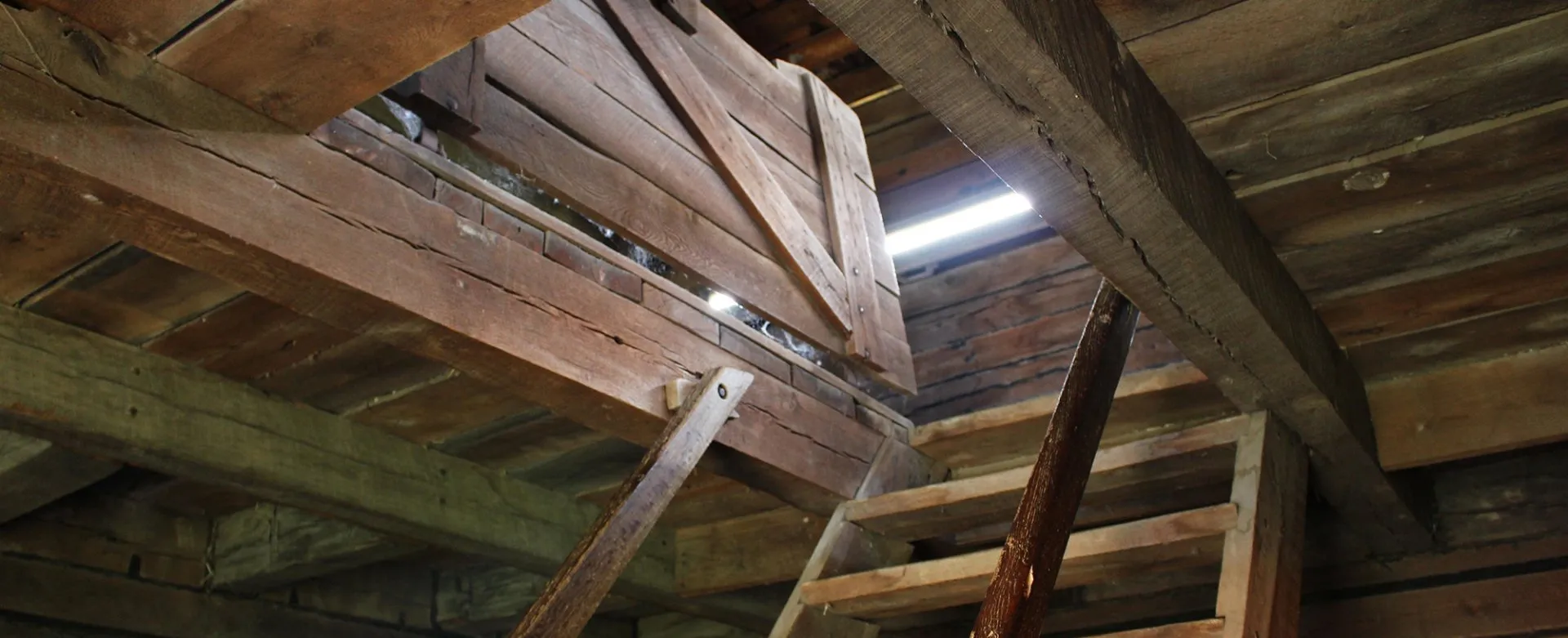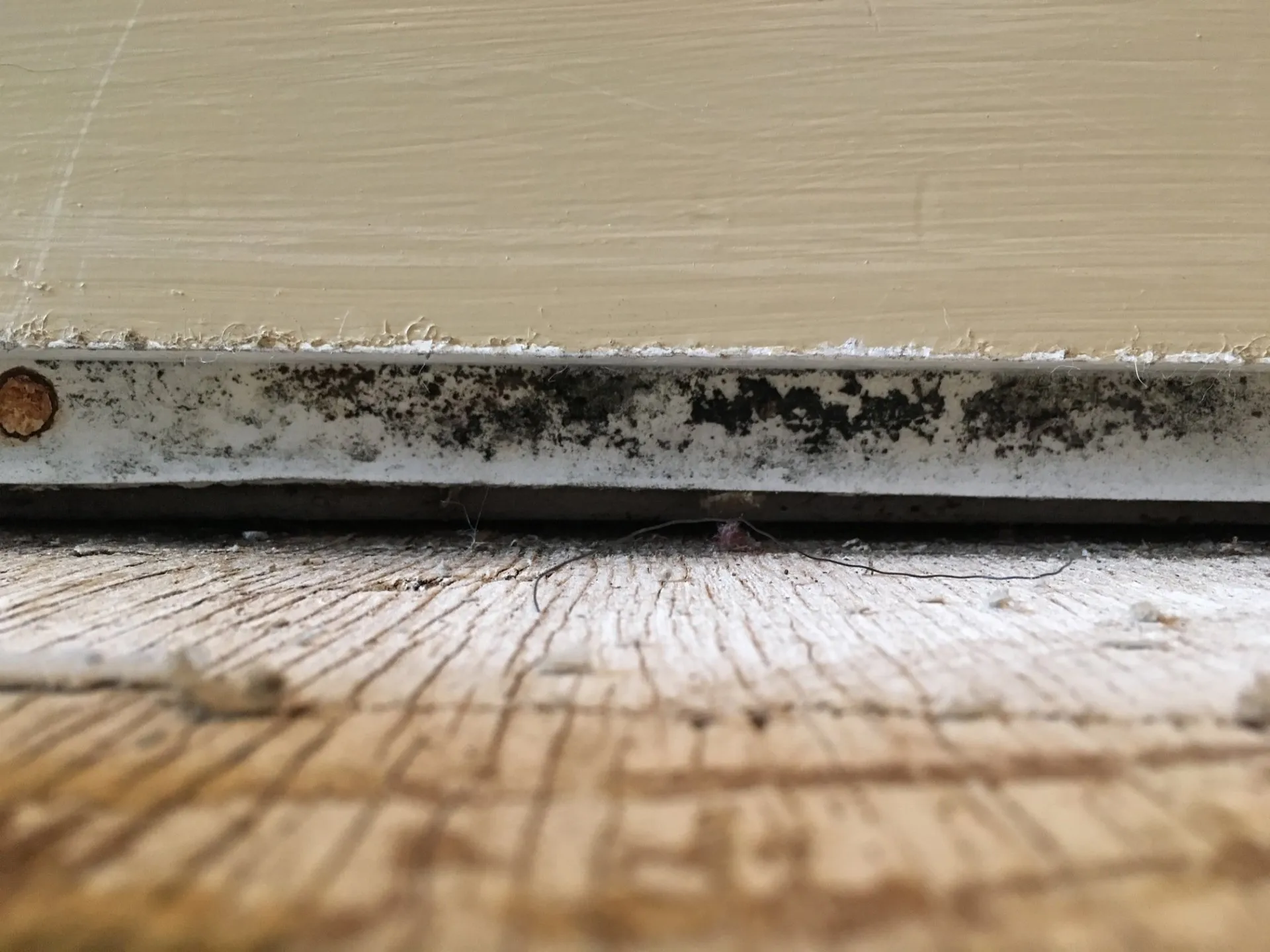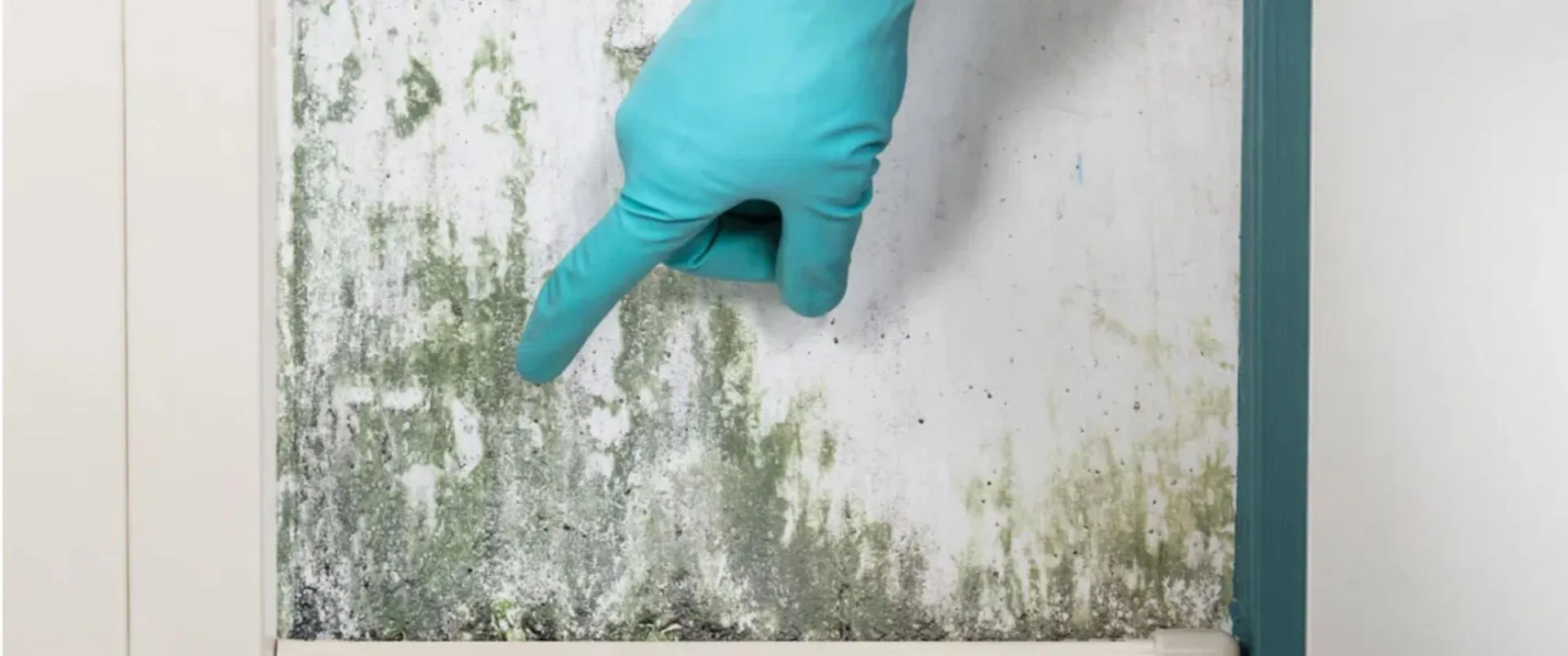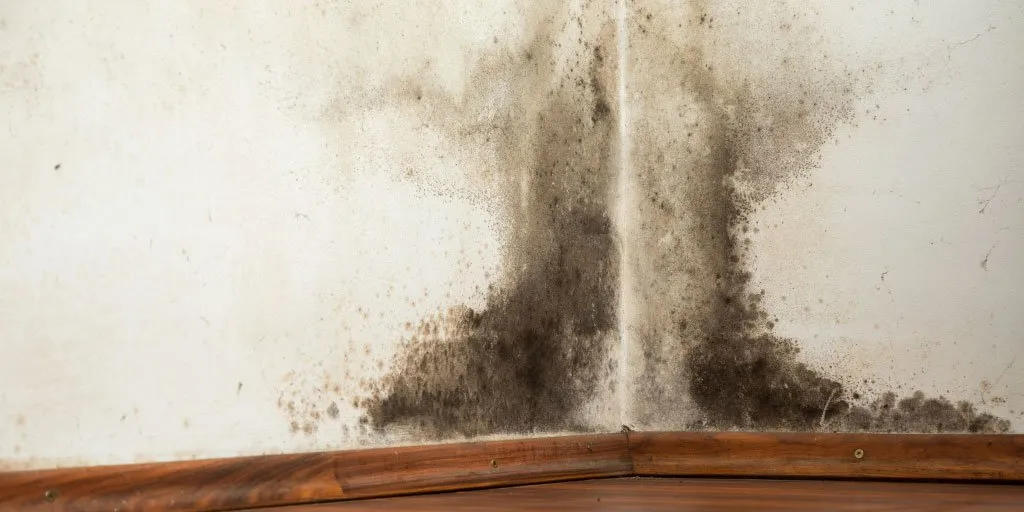
Many of us homeowners here in Kansas tend to think of our attic spaces as those dark, musty areas that are just used for storage. Taking advantage of the extra storage that our attics provide is great, but it is important that we are staying aware of the potential for mold growth that our attics could be susceptible to. Attics require persistent upkeep & regular maintenance in order to prevent mold from developing. Factors such as heat, humidity & inadequate ventilation can play a huge role in the environment our attics are exposed to.
These conditions can quickly turn into a larger problem, turning our attics into the perfect breeding ground for mold development. Additionally, the excess clutter in our attics can make it difficult for air to circulate efficiently. This inefficient air circulation in addition to the other aforementioned factors create the ideal conditions for mold to grow. It’s important for Kansas homeowners to take the proper time necessary to take care of attic maintenance tasks & repairs in order to prevent attic mold.
Conditions That Cause Attic Mold
In most people’s homes, attics tend to get significantly less attention than other areas of the home. Attics are often subject to conditions that can become conducive to mold growth over time. Many of these conditions run into each other, supporting each other. It is important that Kansas homeowners are aware of these conditions in our attics & how to minimize them in order to prevent attic mold. Let’s take a closer look at the conditions that could potentially cause attic mold:
Temperature
In any home, the natural flow of air allows for hot air to rise to the top of the building. It is general knowledge that heat rises. This is why our attics tend to be so hot and stuffy. Most attics have little to no ventilation allowing for this hot air to escape. Additionally, attics can actually be over insulated. This traps the heat inside with nowhere to go. Along with the excess clutter that may be present in our attics making for inefficient air circulation, this heat becomes stagnant. When the hot air on one side of our attic sheathing meets the cool air coming from down below, this can lead to condensation & humidity forming in your attic.
Insulation
As mentioned, many Kansas homeowners may not realize that it is actually possible to over insulate your attic. Excessive insulation can cause heat to be trapped, leading to elevated temperatures, improper ventilation & humidity. When it comes to attic insulation, we are of the mindset that less is more. The main function of the insulation in your attic is to minimize air loss from the space below, not so much to keep the attic warm as you may have thought. For most attics, the recommended level of insulation is R-38, or about 10 to 14 inches depending on the type of insulation being utilized. When this is done properly, the tops of your attic floor joists should no longer be visible.
Condensation
Condensation can form when attics are experiencing elevated temperatures with stagnant hot air trapped inside. When this hot air from inside your attic is met with the cool air from down below on the other side of your attic sheathing, condensation forms. This results in moisture forming on your attic sheathing, leading to excess humidity or even worse – attic mold.
Improper Ventilation
In many attics, proper ventilation is often overlooked. Ventilation plays a key part in preventing attic mold. Air circulation & ventilation allow for heat & excess moisture to escape the attic so that it does not become trapped & stagnant. It could be as simple as installing a vent fan or opening a window in order to get some air flowing through the space.
Humidity
Mold can not survive without a source of moisture. When preventing attic mold in your Kansas home, it is important that you are doing what you can to minimize excess humidity. With the knowledge of everything we have previously discussed, you should be able to successfully minimize humidity & moisture in your attic in order to prevent mold. If your attic experiences an excessive amount of moisture & humidity, you may want to think about employing the use of a dehumidifier in order to keep humidity levels between 35% and 50%. These are the ideal humidity levels for any area in a home.
How to Prevent Mold In the Attic
Attics are often damp and poorly ventilated. This leads to moisture conditions and condensation in the roof sheathing and roof framing. Here are some efficient preventive measures that can help you prevent attic mold:
Ensure Proper Ventilation
To prevent mold from growing in your attic, you need to ensure proper airflow. Consider vents to prevent the warm, moist environment that leads to mold growth. Proper ventilation ensures air movement and prevents moisture buildup in your attic.
Ensure Adequate Insulation
If your attic is poorly insulated, condensation will form regularly as the temperature changes. It’s important to insulate your attic to regulate its temperature and humidity levels.
Inspect the Roof Regularly
Inspecting your roof annually helps detect damage and repair it immediately. This prevents water from entering, keeping your attic dry year-round.
Professional Attic Mold Inspection & Remediation In Kansas
Unfortunately, there are some things that are simply out of our control as homeowners. Even if we are to do everything possible to prevent attic mold, sometimes accidents happen. You may find yourself in a situation where there has been a leak or some other major water intrusion, and your attic was exposed to conditions that caused mold.
If this is the case, don’t hesitate to contact a local professional mold remediation & inspection company in Kansas area to assess the damage & create a proper scope of work for remediation. Trained & experienced mold technicians in your area will be able to effectively restore your attic & provide tips for post remediation mold prevention to keep your attic free of mold in the future.




